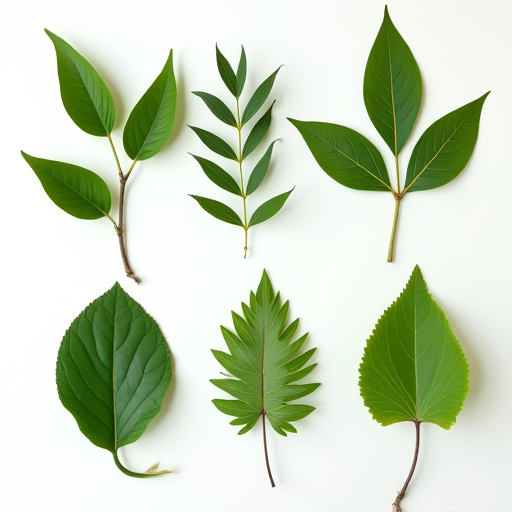
Why Do Leaves Have Different Shapes?
Leaves are one of the most recognizable and vital parts of a plant. They are the primary sites of photosynthesis, the process by which plants convert light energy into chemical energy. However, the diversity in leaf shapes across various plant species is astonishing. This variety is not random but rather the result of evolutionary adaptations to different environmental conditions and biological functions. In this article, we will explore the reasons why leaves have different shapes and how these shapes benefit the plants that bear them.
The Role of Leaves
Before delving into the reasons for the diversity in leaf shapes, it is essential to understand the primary functions of leaves:
-
Photosynthesis: Leaves capture sunlight and convert it into chemical energy through photosynthesis. The structure of leaves is optimized to maximize light absorption and facilitate gas exchange.
-
Transpiration: Leaves facilitate water loss through transpiration, which helps in nutrient transport from roots to other parts of the plant, cooling the plant, and maintaining turgor pressure.
-
Gas Exchange: Leaves allow the exchange of gases (carbon dioxide, oxygen, and water vapor) through tiny openings called stomata.
Factors Influencing Leaf Shape
Several factors contribute to the diversity in leaf shapes:
1. Environmental Adaptations
-
Light Availability: Plants growing in shaded environments, such as the understory of a forest, often have larger leaves to capture more sunlight. Conversely, plants in areas with intense sunlight might have smaller, narrower leaves to reduce water loss.
-
Water Availability: In arid environments, leaves tend to be small, thick, and sometimes succulent to minimize water loss. Some plants have leaves reduced to spines (e.g., cacti), with photosynthesis occurring in the stems.
-
Wind and Temperature: In windy environments, leaves might be smaller and more streamlined to reduce damage. In cold climates, needle-like leaves (e.g., conifers) help reduce water loss and prevent frost damage.
2. Biological Interactions
-
Herbivory: Some leaf shapes may offer resistance to herbivores. Leaves with spines or toxic compounds can deter animals from feeding on them.
-
Pollination and Seed Dispersal: In some plants, the shape of the leaves can influence the attractiveness to pollinators or the efficiency of seed dispersal.
3. Genetic Factors
The genetic makeup of a plant determines the range of possible leaf shapes it can express. Evolutionary pressures in different environments lead to the natural selection of leaf shapes that best suit survival and reproduction.
4. Developmental Constraints
The growth patterns of leaves, dictated by the plant’s genetic code, can influence their shape. For example, the venation pattern (arrangement of veins) can affect the overall form and structural integrity of the leaf.
Examples of Leaf Shapes and Their Functions
-
Broad Leaves: Found in many deciduous trees, broad leaves capture maximum sunlight during the growing season. However, they are often shed in winter to reduce water loss and damage from snow and ice.
-
Needle-like Leaves: Common in conifers, these leaves are adapted to cold and dry environments. They have a reduced surface area, which minimizes water loss and allows them to survive harsh winters.
-
Compound Leaves: These are divided into leaflets and can be found in plants like ferns and many legumes. They can reduce wind resistance and damage from herbivores.
-
Succulent Leaves: Thick and fleshy, these leaves store water and are common in desert plants like aloes and jade plants.
Conclusion
The diversity in leaf shapes is a testament to the adaptability and resilience of plants. Each shape is a response to a specific set of environmental pressures and biological needs. Understanding these adaptations not only provides insight into the complex interactions between plants and their environments but also highlights the intricate balance of ecosystems. As researchers continue to study plant morphology, we gain a deeper appreciation for the evolutionary innovations that allow plants to thrive in virtually every corner of the world.
